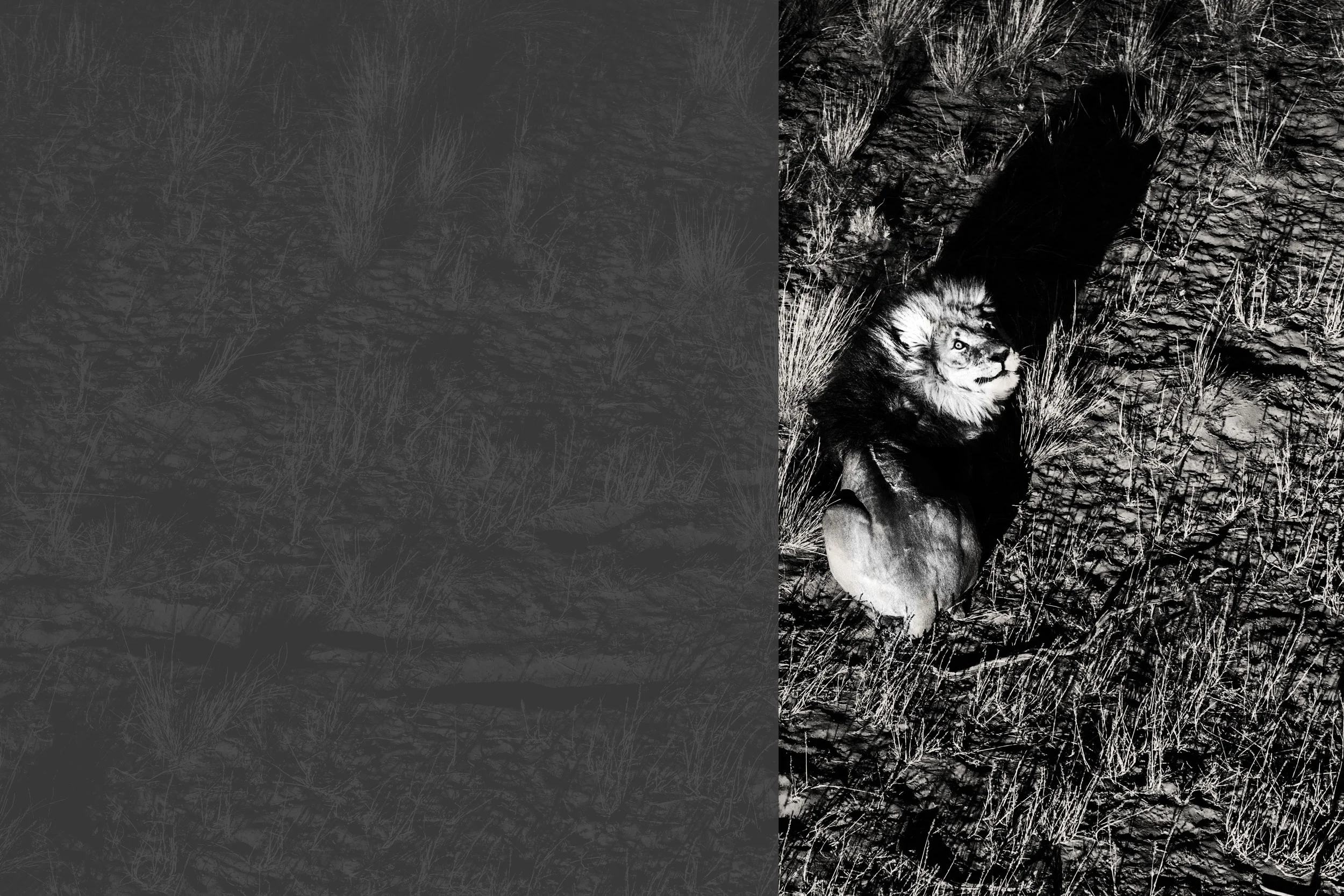Unprofessional content productions can be brand damaging!
Videos are the future dominating format in content marketing. Numerous studies forecast that moving images will share over 80% of internet content in 2021. More and more companies are recognizing this growth trend and are putting videos online. The quality of the films, and also the viewing figures, are as varied as the weather on the northern German coastline. From perfectly produced and super performing videos to pipe bursts, you will see them all. The reasons for this are complex.
From our daily conversations with customers, potential new customers, agencies and marketers, we know that the effort required to create high-quality content and plan the distribution of this material is often greatly underestimated. This miscalculation often has a negative effect on the quality of the content. In addition to the high expenditure of time and personnel in planning and implementation, technical know-how and high acquisition costs of the necessary equipment, are the biggest obstacles on the way to successful communication through videos.
Performance marketing, AI and other technical concepts can help to achieve positive effects in the short term. But in the end, the old saying holds true: content is king. Because of the general availability of data-driven technologies, it is ultimately only the right content and the right storytelling for the staging of topics, brands, products and people, that will stand out in the seas of mass content In our blog, we have compiled ten points to consider when creating and distributing content. We explain why it is sometimes better to rely on professional and external support rather than doing it yourself.



































